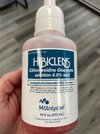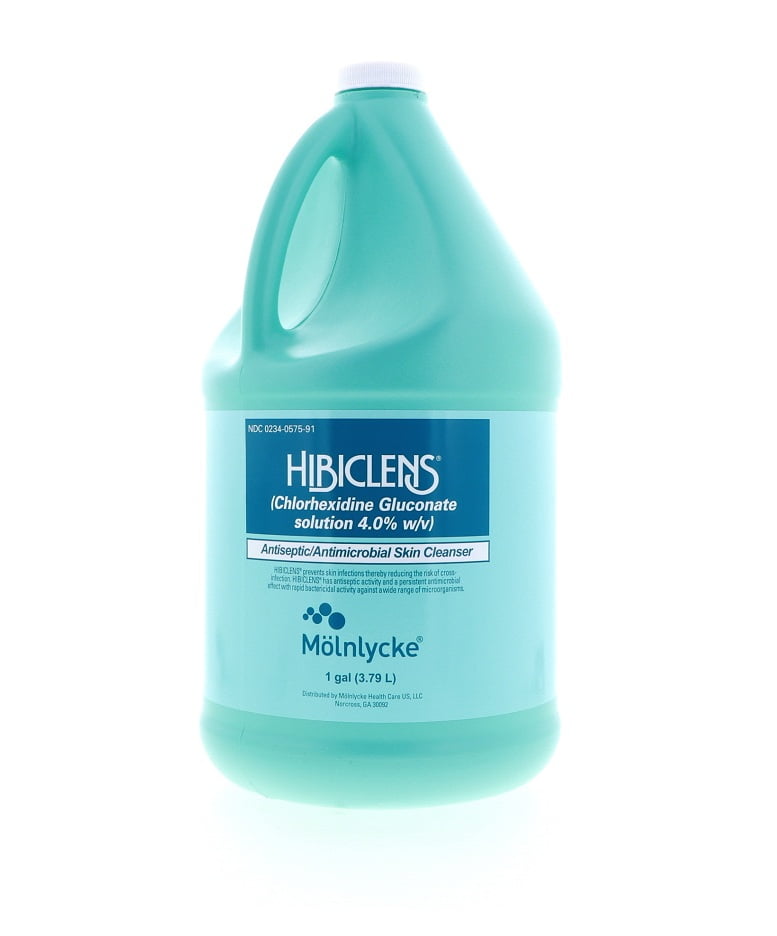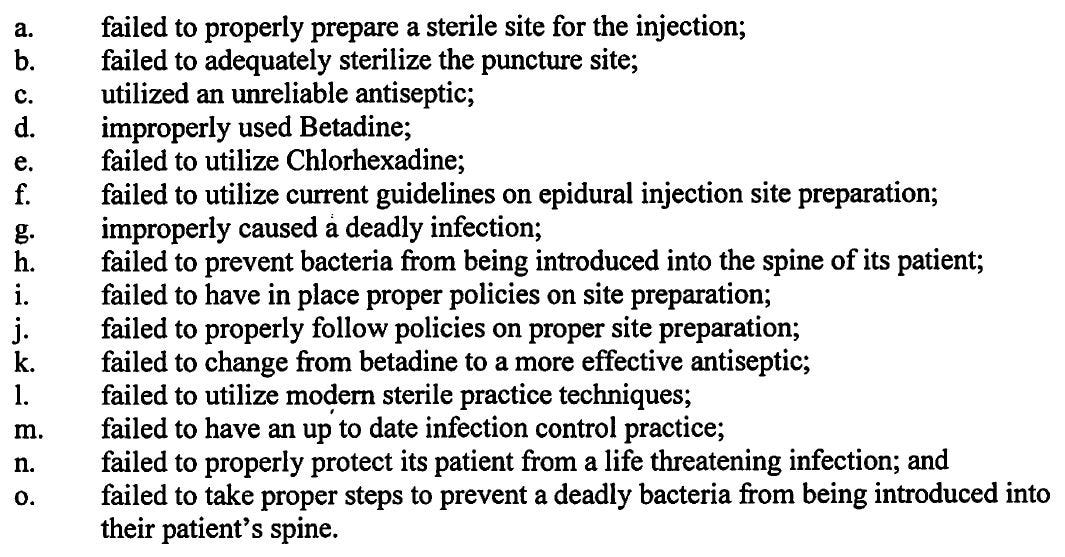I work in a hospital outpt setting and have been using chloraprep for all of our procedures both epidural and non spine. Numerous studies have shown its superiority over betadine.
The issue comes in with the package insert stating it is not for use where you might come into contact with meninges.
The real issue comes from hospital paper pushers stating they want to do away with chloraprep and just use betadine. I am more concerned with increased infection risk with betadine over the neurotoxicity of bolusing chloraprep directly into the intrathecal space.
Has anyone else won this argument with hospital paper pushers? At the very least I want something in writing stating that the hospital is aware of the increased infectious risk this poses to patients.
The issue comes in with the package insert stating it is not for use where you might come into contact with meninges.
The real issue comes from hospital paper pushers stating they want to do away with chloraprep and just use betadine. I am more concerned with increased infection risk with betadine over the neurotoxicity of bolusing chloraprep directly into the intrathecal space.
Has anyone else won this argument with hospital paper pushers? At the very least I want something in writing stating that the hospital is aware of the increased infectious risk this poses to patients.




